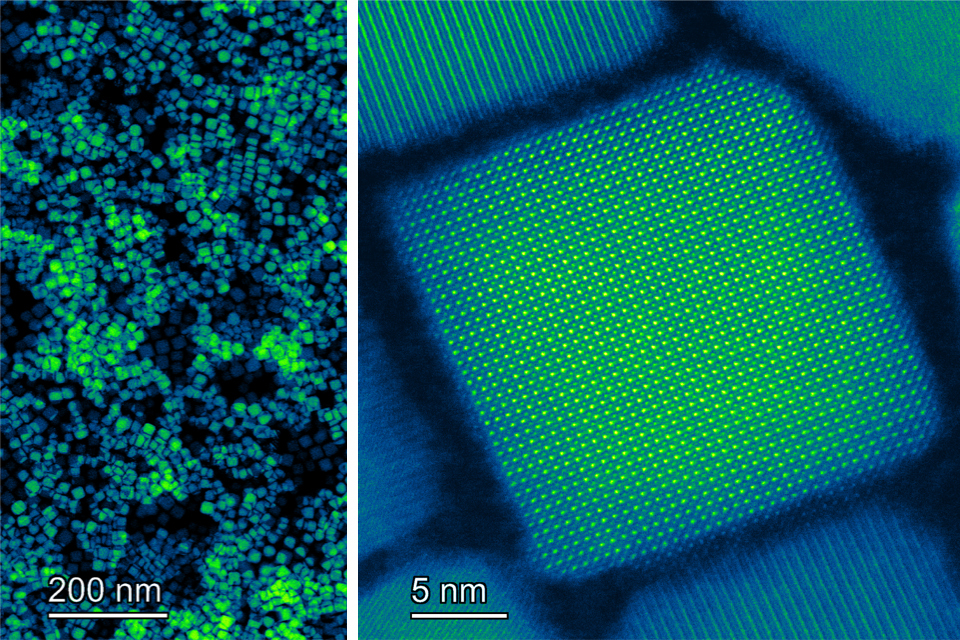A team of researchers at MIT has successfully developed a new source of quantum light using novel materials. They found that nanoparticles of these materials can emit single, identical photons. While this discovery is currently at a fundamental level, it has the potential to pave the way for optically based quantum computers and even quantum teleportation devices for communication.

Traditionally, quantum computing concepts rely on ultracold atoms or the spins of individual electrons as the basis for qubits. However, using light as qubits would eliminate the need for complex and expensive equipment, requiring only ordinary mirrors and optical detectors.
The researchers emphasize that the preparation of these photons is crucial. Each photon must have precise quantum characteristics that match the one before it. Once this perfect matching is achieved, the researchers explain that "the really big paradigm shift then is changing from the need for very fancy optics, very fancy equipment, to needing just simple equipment. The thing that needs to be special is the light itself."
The researchers used a form of lead-halite perovskite nanoparticles as the light source. These nanoparticles have a fast cryogenic radiative rate, making them ideal for emitting quantum light. The team tested the indistinguishability of the photons by observing a specific kind of interference called Hong-Ou-Mandel interference, which is crucial for many quantum-based technologies.
While the current source of quantum light is not yet perfect, it shows promising scalability and reproducibility compared to other sources. The perovskite nanoparticles are made in a solution and deposited on a substrate material, making the process much simpler and more scalable.
This research is a significant fundamental discovery that sheds light on the capabilities of these materials. It has the potential to encourage further enhancement and exploration of different device architectures. The researchers are confident that by integrating these emitters into optical cavities, their properties will be on par with other sources of quantum light.
The research was supported by the U.S. Department of Energy and the Natural Sciences and Engineering Research Council of Canada.







